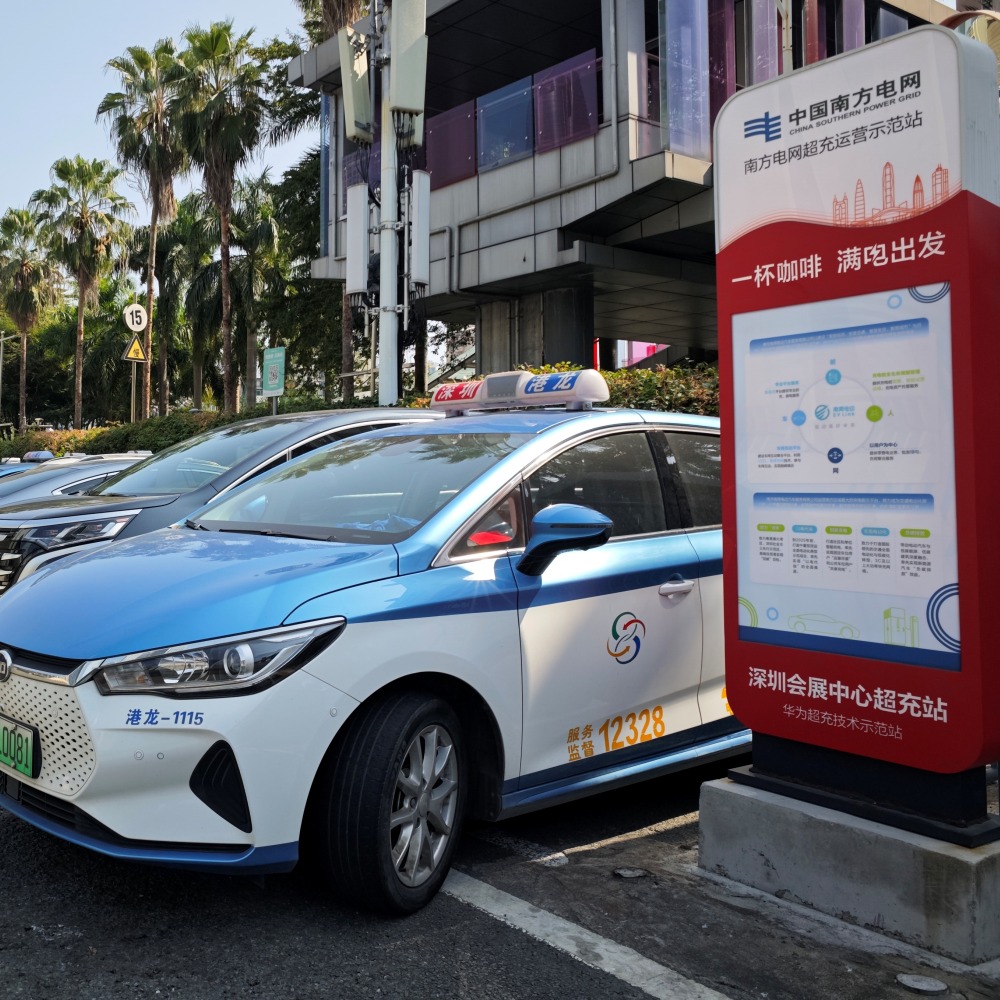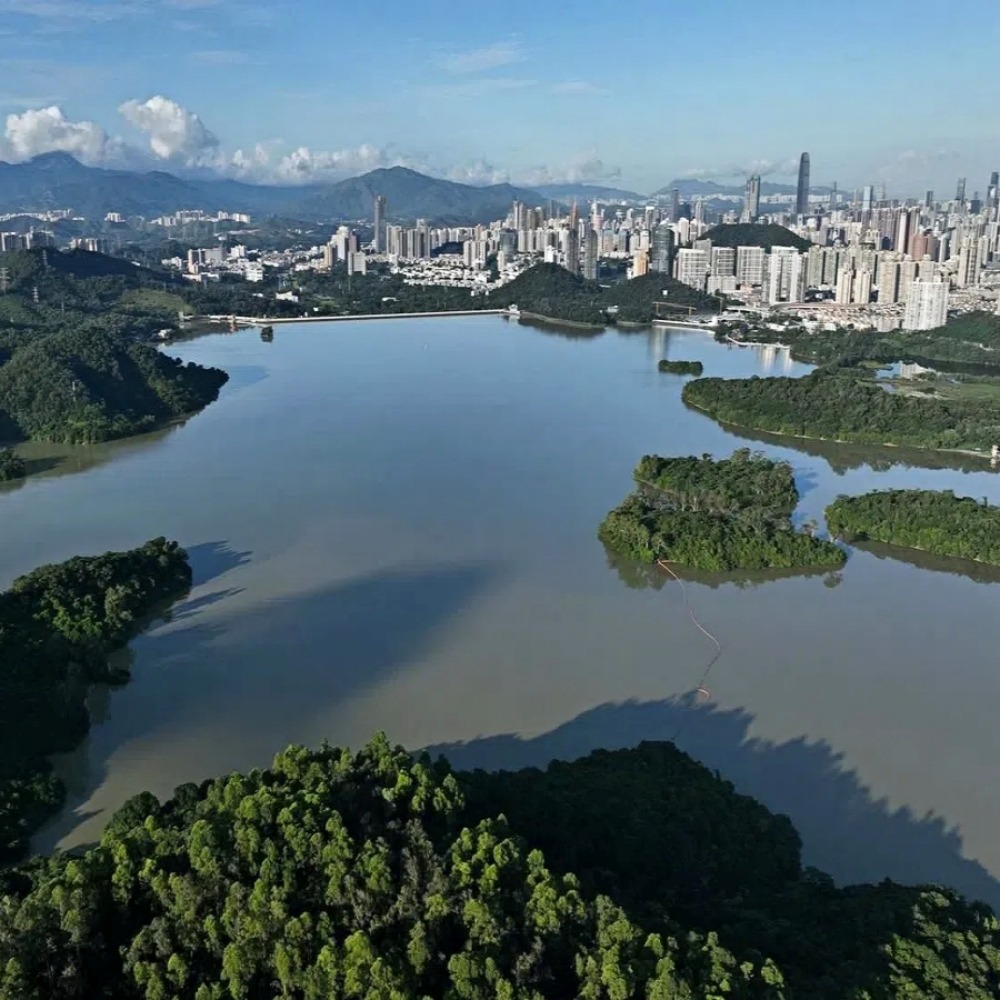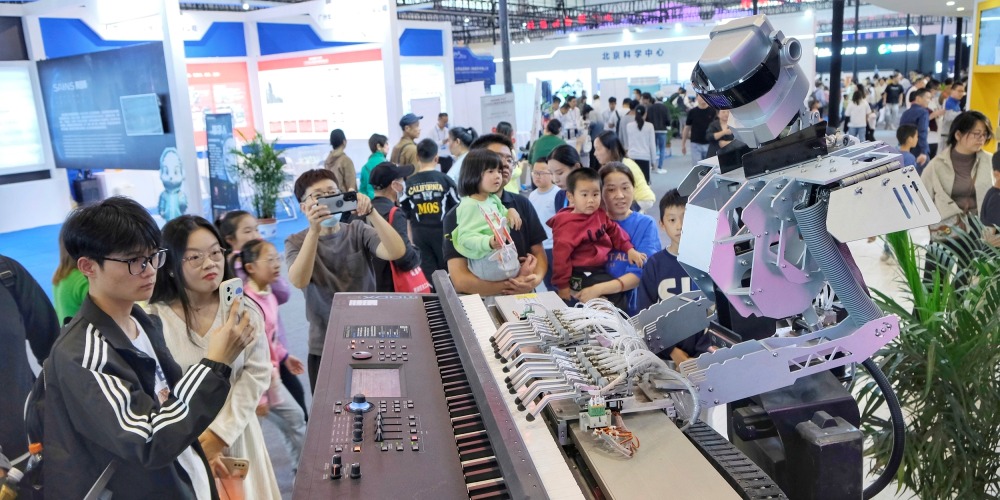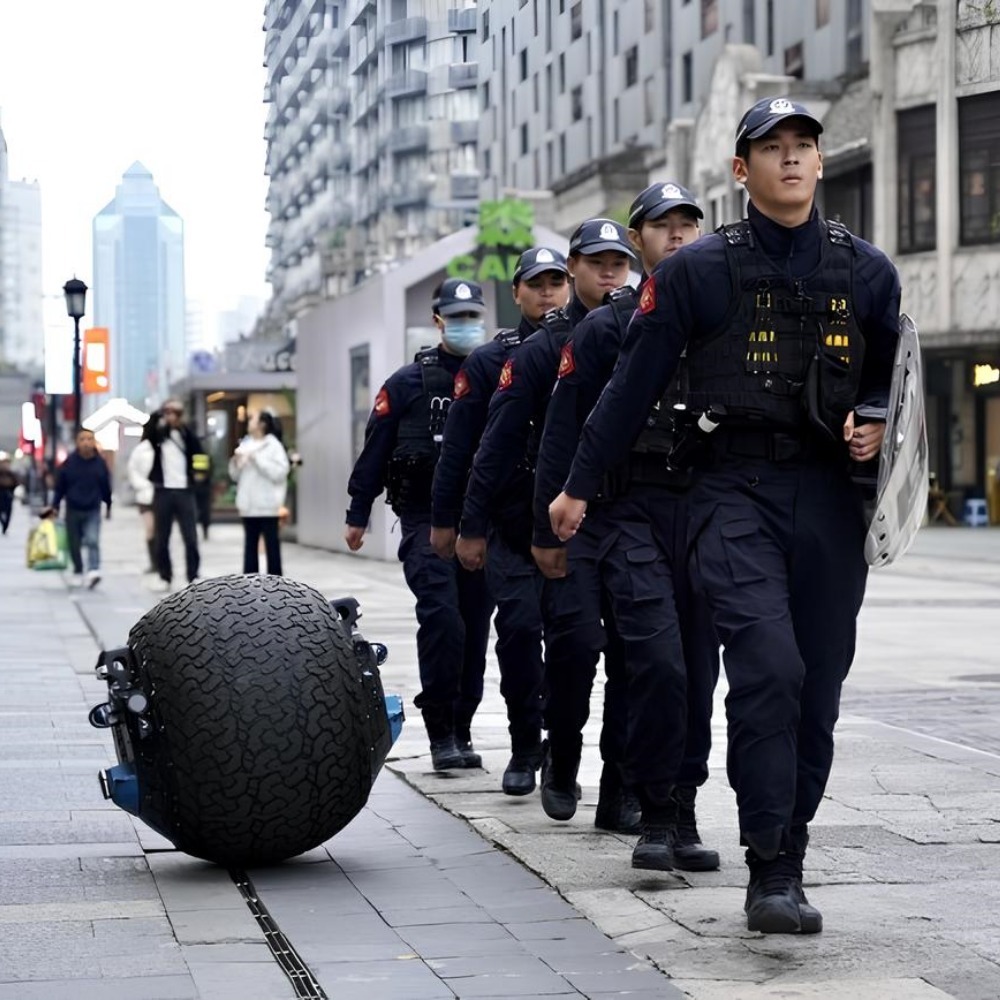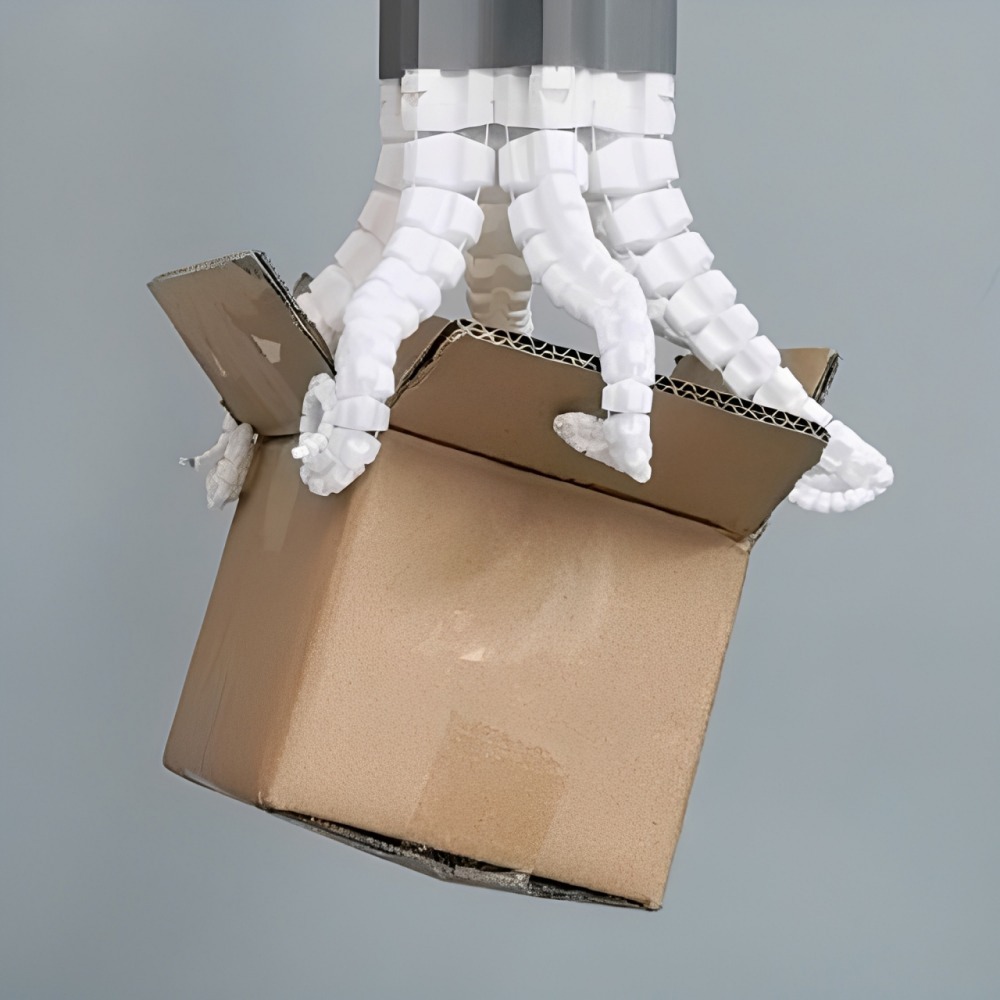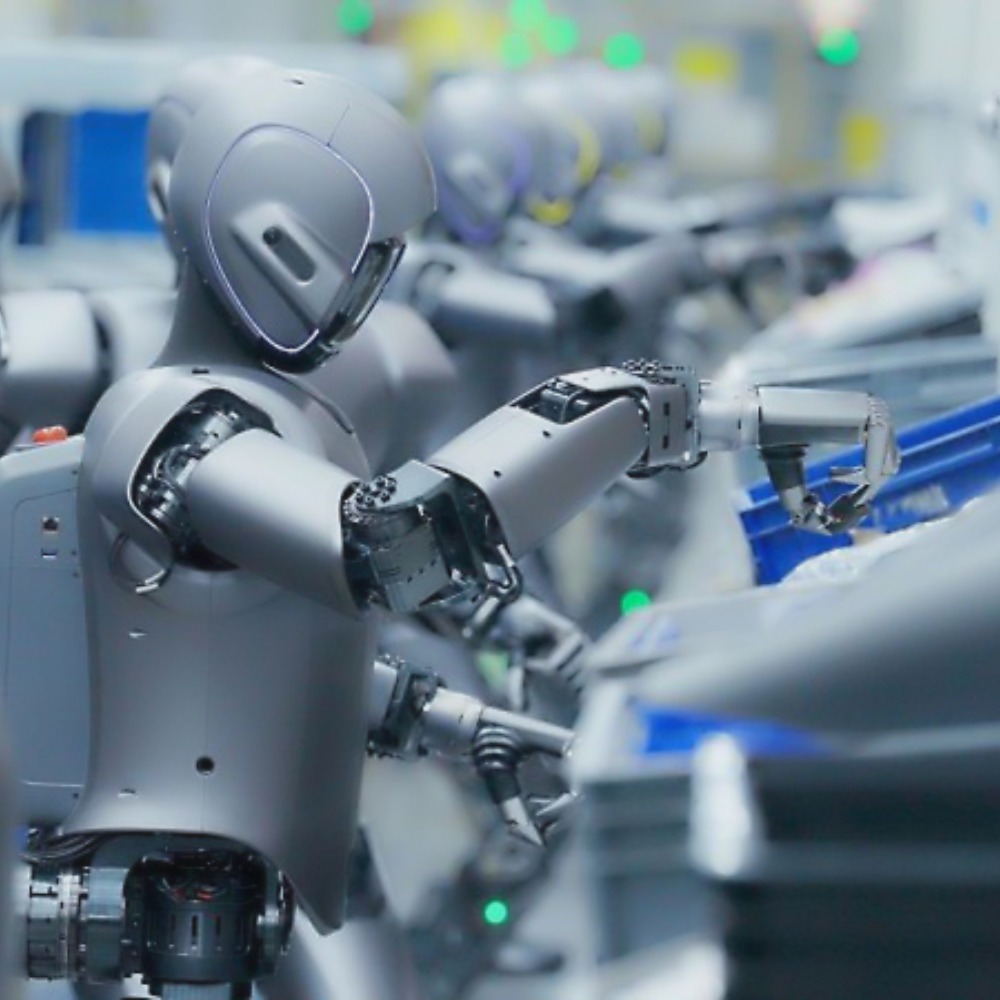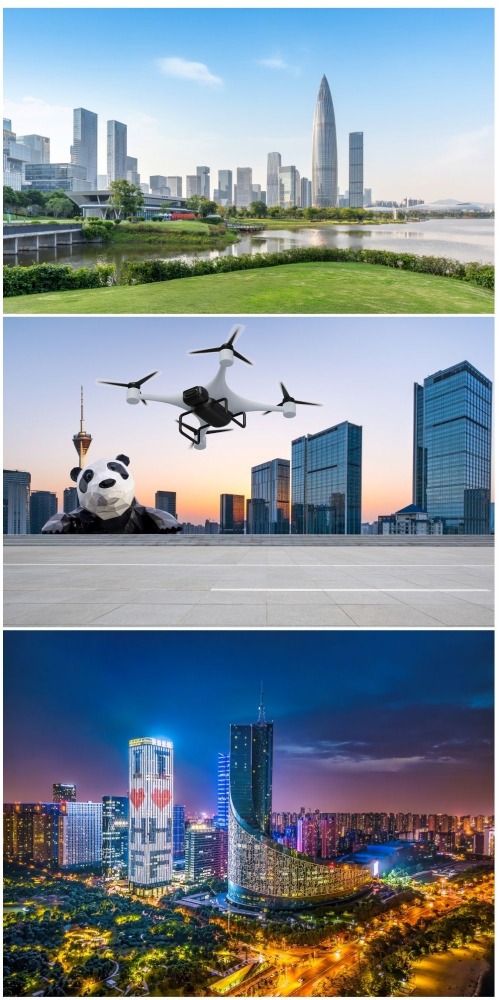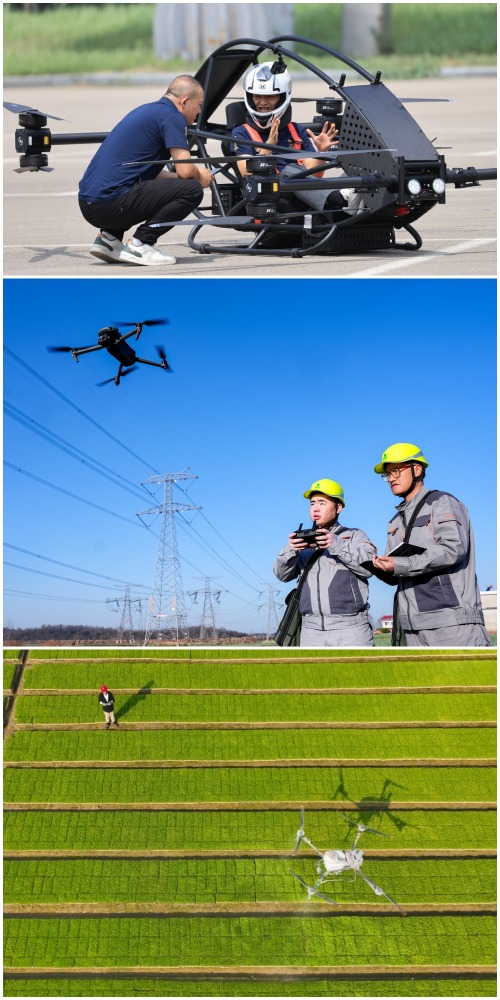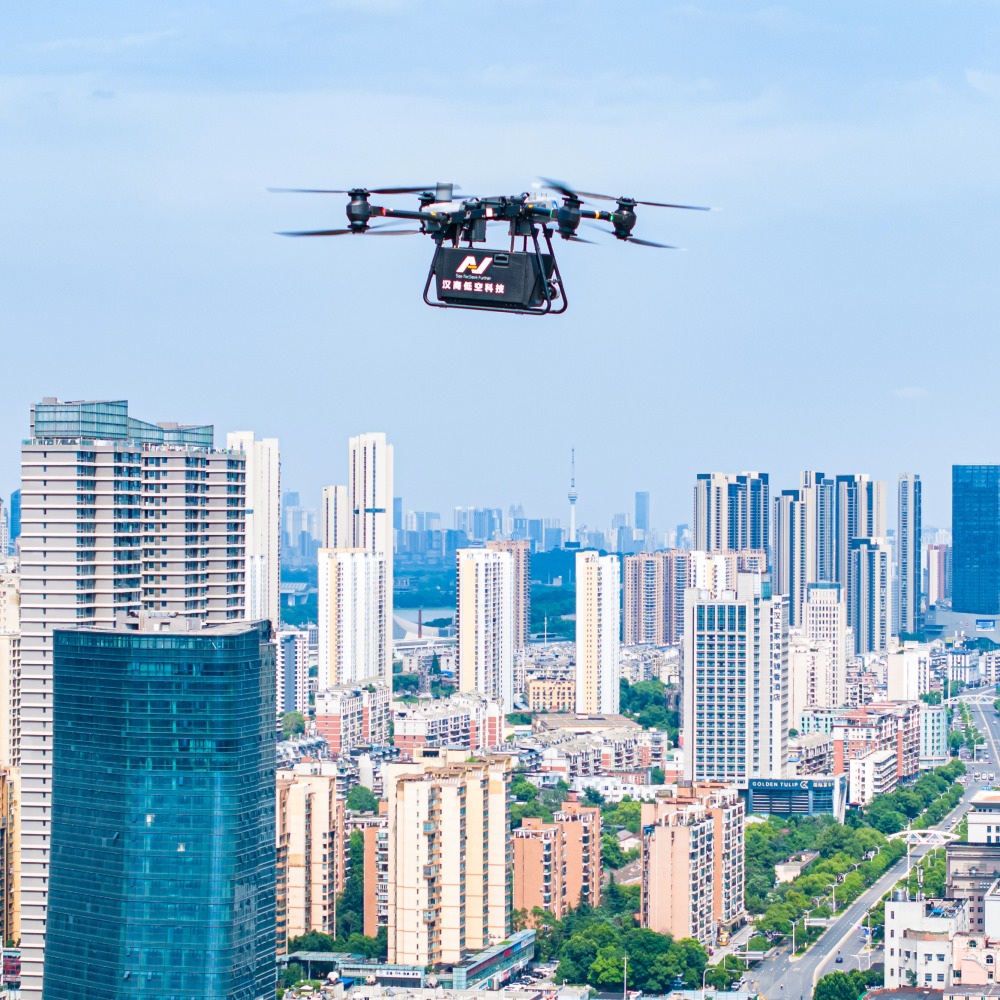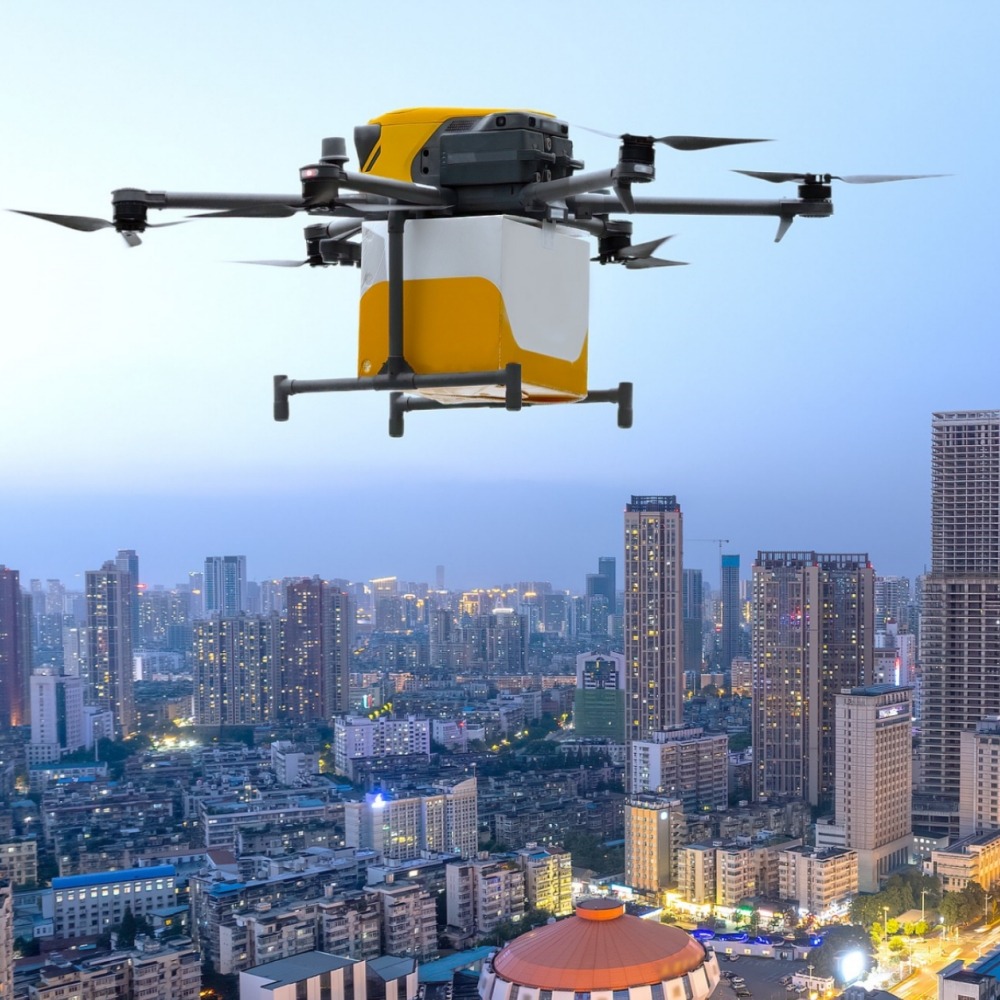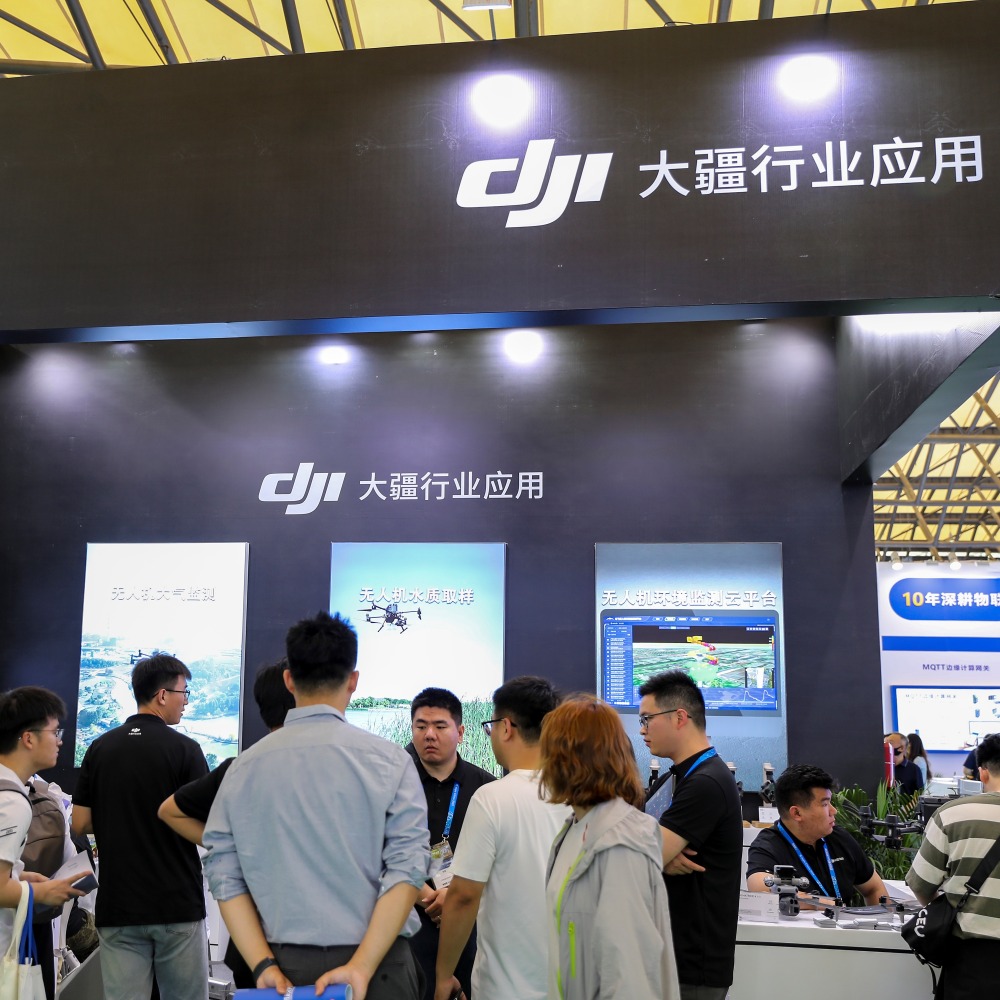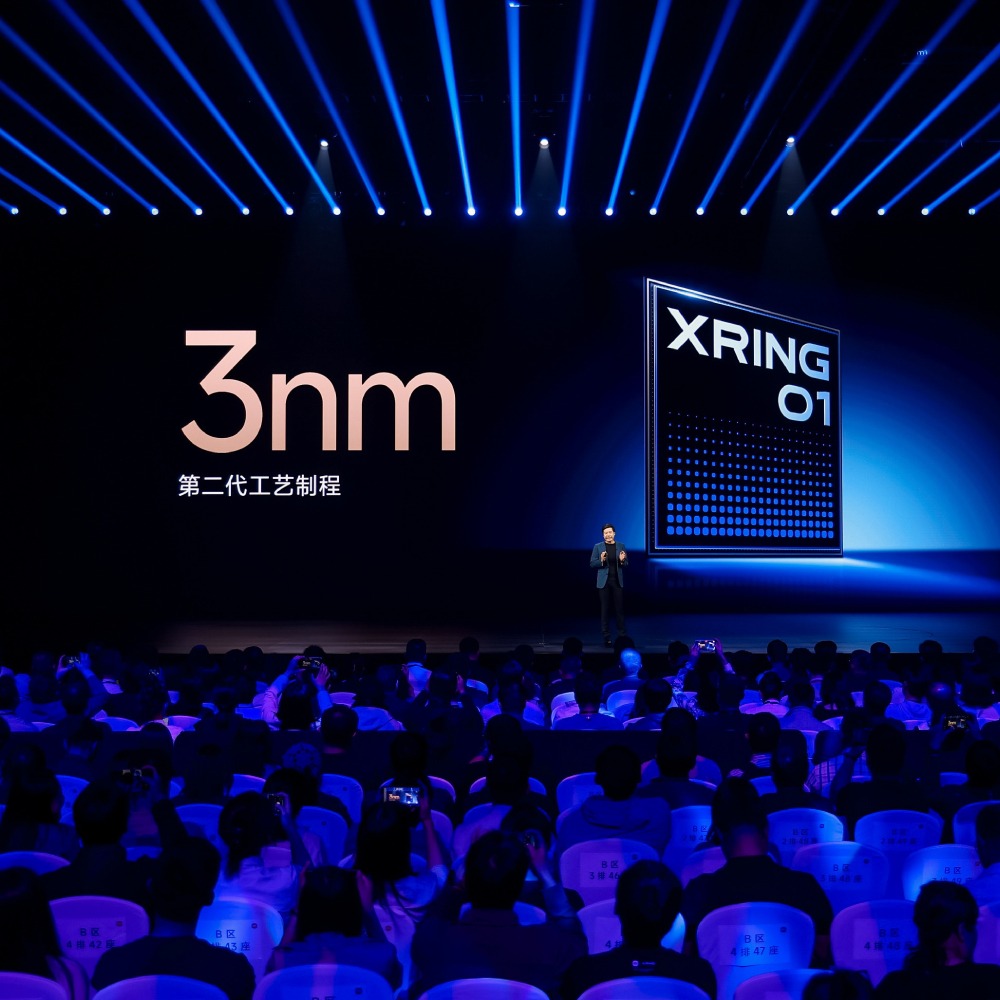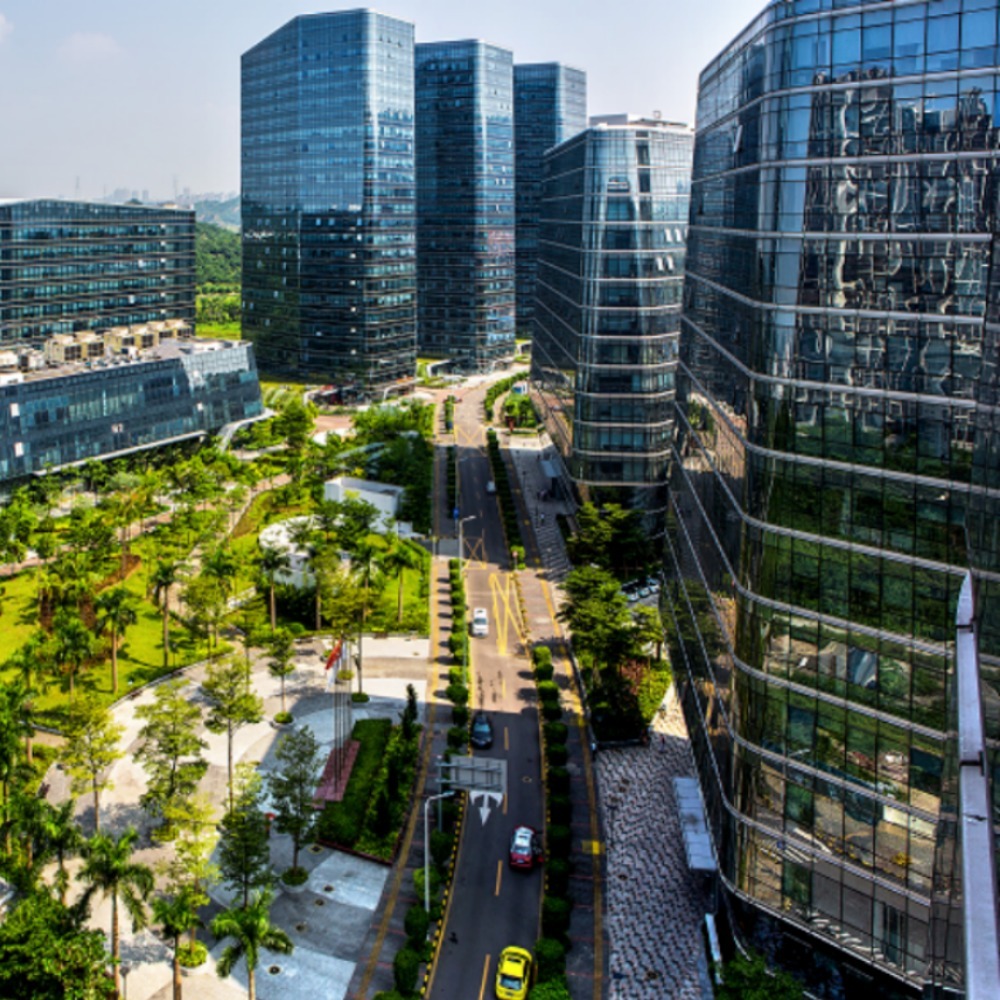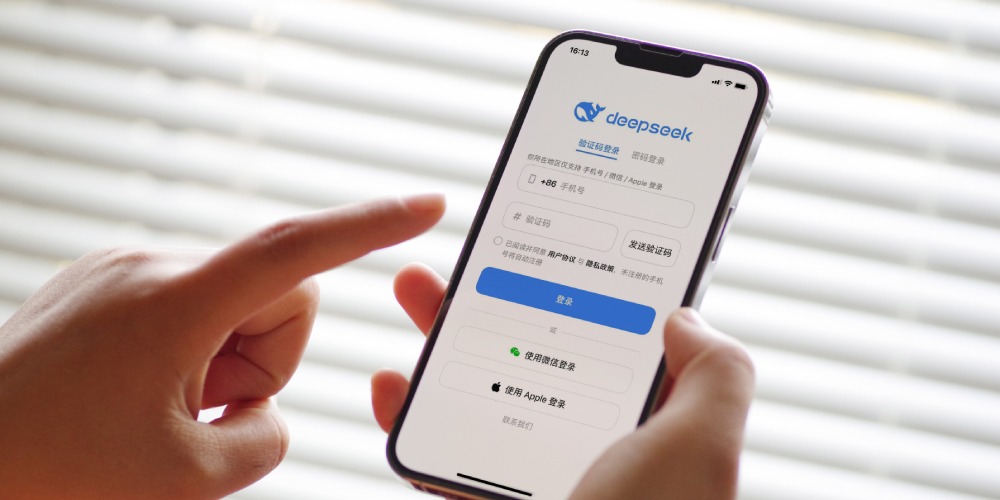Published : 2024-06-16
"Building a storey in three days" is known as the "Shenzhen speed", and it is now also reflected in "getting fully charged within a cup of coffee's time", which is Shenzhen's slogan as it strives to become a "City of Superchargers".
The number of supercharging stations in Shenzhen now has surpassed that of traditional petrol filling stations.
What advantages does Shenzhen have in building a "City of Superchargers"? How fast is supercharging?
Speed of supercharging: 1km in one second
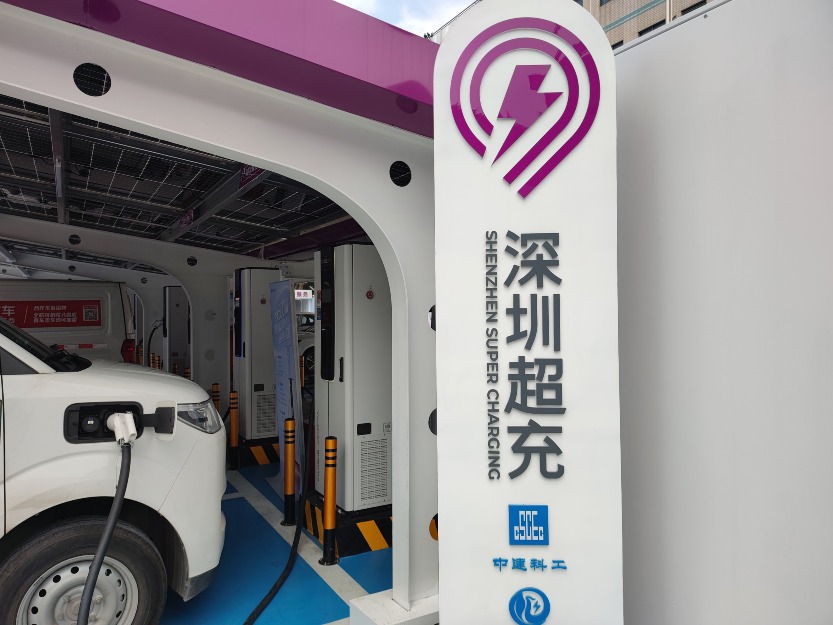
Supercharging refers to charging equipment that's faster than Fast Charging, with a maximum output power of up to 600 kilowatts, and it can charge at a speed of "1 kilometre in 1 second".
Using supercharging equipment, the charging efficiency of electric vehicles (EVs) is greatly improved, which means it can be charged to 80% or more in 10 minutes or less.
Charging a battery to full capacity with a slow charging pile usually takes 7 to 8 hours, and even with a Fast Charging pile it takes between 1 and 2 hours.
In Shenzhen, citizens can use a one-stop service of "one click to find a pole, one click to charge". EV owners only need to open the Shenzhen government service app "i Shenzhen" to locate the nearest supercharging station.
Once car owners arrive, they scan the QR code on the charging pile to start charging. 5 minutes of charging can provide approximately a range of 250 kilometres.
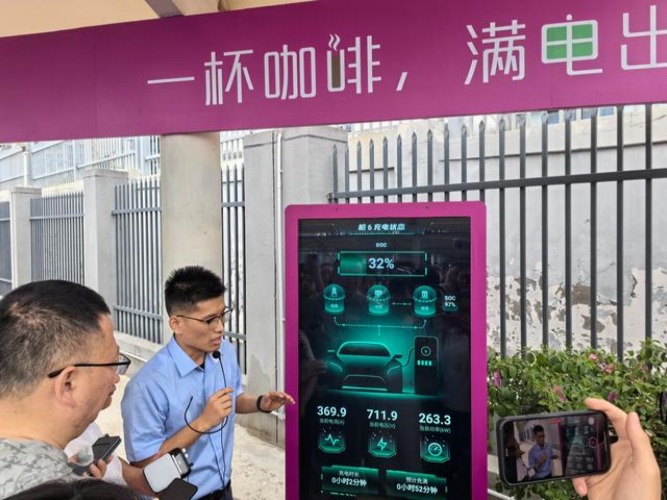
Read more: Factory of "super fast charge" power battery for NEVs settles in Nansha
Supercharging stations in Shenzhen outnumber petrol stations
As of April 30, 2024, a total of 362 supercharging stations had been installed in Shenzhen, with the number of supercharging guns surpassing the number of petrol stations, and the number of charging guns also surpassing that of petrol guns.
By the end of 2024, Shenzhen is expected to have completed the construction of up to 1,000 supercharging stations.
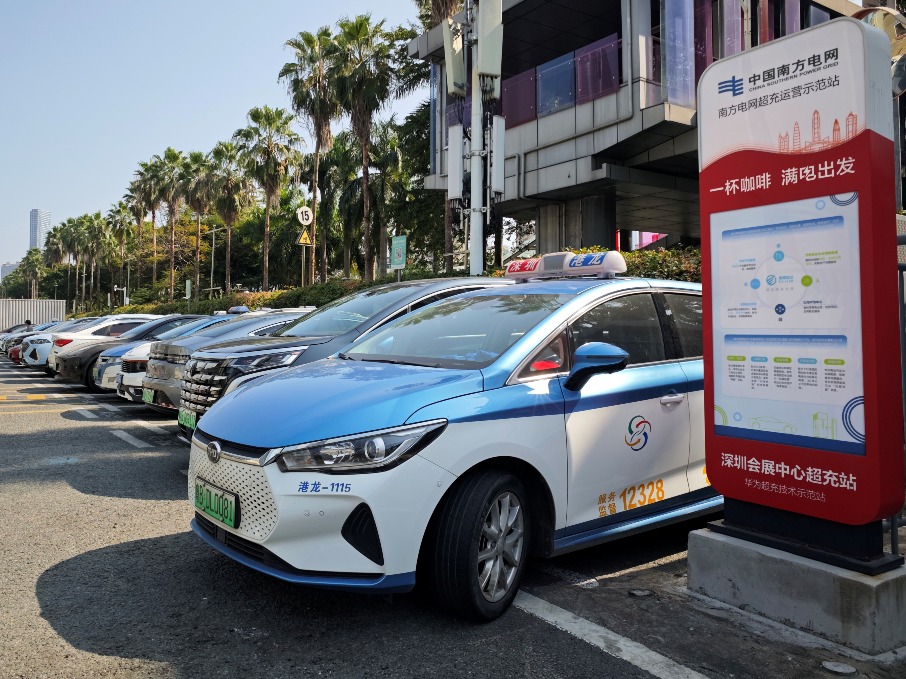
Shenzhen has been building the "City of Superchargers" since June 2023, subsequently establishing supercharging networks that are moderately advanced and technologically leading at airports, high-speed rail hubs, municipal parks, core retail supermarkets, and highway service areas.
In addition to Shenzhen, other provinces and cities in Mainland China are also striving to develop charging facilities.
For example, Guangzhou aims to create a "Supercharging Capital", and Hainan has proposed to build a "Supercharging Island". So how did Shenzhen break out of the pack?
Firstly, it's user base: Shenzhen is a benchmark city for the development of new energy vehicles (NEVs).
Data shows that by the end of April 2024, Shenzhen had more than 1 million units of NEVs, with a new car electrification penetration rate of over 60%.
In addition, Shenzhen's charging pile industry chain is well established and has a significant clustering advantage.
Official data shows that there are 24,000 new energy and digital energy companies in Shenzhen, enabling the city to lead in the fields of R&D and manufacturing of charging modules, and charging pile production and operation.
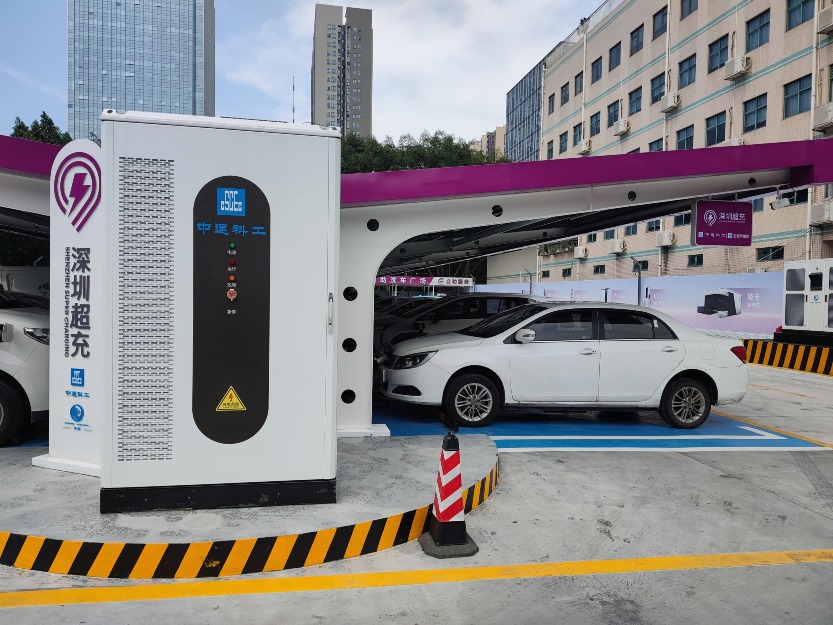
In the field of charging piles, there are more than 20 listed companies and more than a hundred charging facility operation companies in Shenzhen.
The market share of 11 comprehensive pile equipment companies in Shenzhen exceed 50% nationally, and 8 companies of core components and electric modules for charging piles in Shenzhen hold a combined national market share of over 70%.
Shenzhen's power grid construction is also at the forefront of the country. It was the first to create the country's first "one grid for power charging and discharging", realising full-scale access of the city's charging facilities.
Besides offering citizens the one-stop service of "one click to find a pole, one click to charge", it also enhances data connectivity with EVs and battery swap facility operators, creating a smarter platform for government supervision.
Read more: Shenzhen's first batch of "EU standard" charging stations debut

